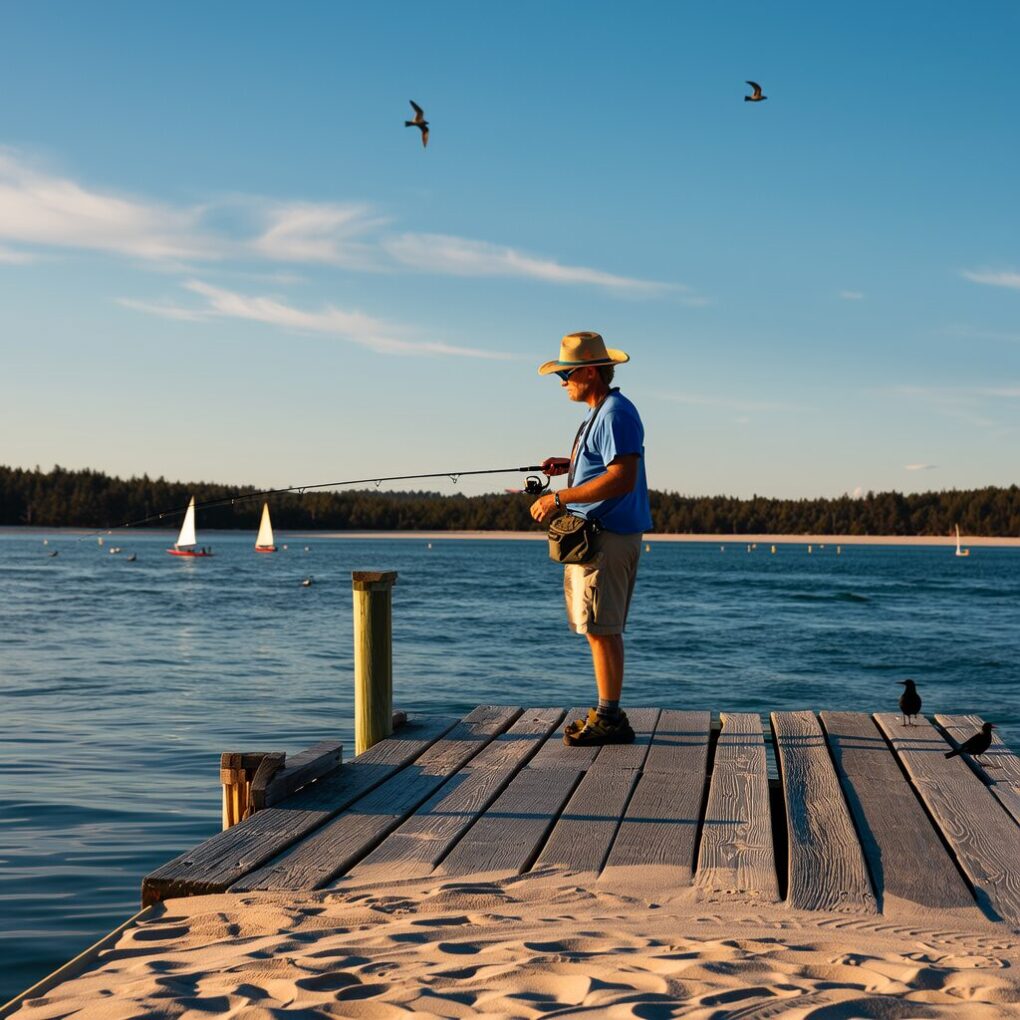Welcome to our comprehensive guide on the bowfin fish. In this article, we will explore the various aspects of this fascinating species, from its physical characteristics to its habitat, behavior, and conservation status. Let’s dive in and discover more about the mighty bowfin.
Physical Description and Features
The bowfin, also known as the Amia calva, is a unique fish species found in North America. It has a cylindrical body shape with pronounced scales that give it a rough and bony appearance. The fish can grow up to a length of 30-35 inches and weigh around 10-15 pounds. Its most distinctive feature is a long dorsal fin that runs along its back, resembling a bow, giving it the name “bowfin.”
The coloration of the bowfin can vary from olive green to brown, with a mottled pattern that helps it blend in with its surroundings. Its large mouth is filled with sharp teeth, delivering a strong bite to its prey. This predatory fish has a lung-like swim bladder, which allows it to breathe air, making it capable of surviving in low oxygen environments.
Habitat and Distribution
Bowfins are primarily found in freshwater ecosystems throughout North America. They inhabit slow-moving or stagnant waters such as swamps, lakes, ponds, and backwaters of rivers. These adaptable fish can withstand various water conditions, including low oxygen levels and high temperatures.
Their distribution spans across the eastern United States, from the Great Lakes region to the Gulf of Mexico. They are most commonly found in the Mississippi River drainage system, including its tributaries. While they prefer warm waters, they can tolerate colder temperatures, making them a resilient species.
Behavior and Diet
Bowfins have a reputation for being aggressive predators. They are opportunistic feeders with a diverse diet, consuming anything they can catch. Their diet primarily consists of fish, crayfish, frogs, and small mammals. They are particularly skilled at hunting in shallow waters and can even venture into vegetation-rich areas in search of prey.
These fish are known for their solitary nature, often lurking in submerged vegetation or hiding under structures like fallen logs. Bowfins are more active during the night and early morning, preferring to stay hidden during the day. They are adept at ambush hunting, employing their excellent camouflage to surprise their prey.
Reproduction and Life Cycle
Bowfins reproduce through a process called external fertilization, where the female releases eggs and the male fertilizes them outside the body. During the breeding season, which typically occurs in spring, males develop a black spot on their dorsal fin, attracting females. Mating often takes place in shallow waters with dense vegetation.
Female bowfins can lay anywhere between 3,000 to 4,000 eggs per spawn, which are sticky and attach to aquatic plants or any available substrate. The males guard the eggs until they hatch after about a week. The fry, which resemble miniature adults, stay close to their father for a few more weeks until they are independent enough to venture out on their own.
Importance to Humans
Bowfins have been historically important in some regions as a source of food. They were traditionally caught and consumed by indigenous populations and early settlers. However, their popularity as a food fish has declined in recent years due to their muddy taste and the presence of numerous small bones.
Despite their diminishing importance as a food source, bowfins play a crucial role in recreational fishing. Anglers are attracted to the challenge of capturing these powerful and elusive fish. Bowfishing, a specific type of fishing sport targeting non-game fish like bowfins, has gained popularity in some areas.
Conservation Status and Threats
In terms of conservation, the bowfin is not currently considered an endangered species. It has a relatively stable population and adaptable nature, enabling it to survive in various environments. However, certain threats endanger its habitat, including water pollution, habitat loss, and invasive species.
Being a long-lived species with a slow growth rate, bowfins may be particularly susceptible to overfishing. Although they are not heavily targeted commercially, the increasing demand for them as a sport fish raises concerns. Proper management and fishing regulations are crucial to ensuring their sustainable exploitation.
Conclusion
The bowfin is a fascinating fish species that has adapted to survive and thrive in various freshwater habitats. With its unique physical features, aggressive feeding behavior, and remarkable reproductive strategy, it continues to captivate both scientists and fishing enthusiasts alike. While it may not be the most well-known aquatic creature, the bowfin undoubtedly plays a vital role in maintaining the delicate balance of our aquatic ecosystems.
So next time you come across an impressive fish with a dorsal fin shaped like a bow, remember it’s the mighty bowfin, an intriguing species that deserves our admiration and protection.




